Remember when tariffs were just a vague econ-class buzzword you pretended to understand? Yeah—those days are over. Thanks to the President’s latest trade moves, “tariff” is officially that annoying new friend who’s somehow showing up in every part of your life… and your wallet. From your weekend Target run to your holiday shopping spree, prices are creeping up in places you didn’t even realize relied on imports. Spoiler: it’s not just luxury goods. We’re talking dog treats, phone chargers, and even your DIY weekend plans.
And no, you’re not imagining things—everything is suddenly more expensive. That “Made in Somewhere Else” label now comes with a side of hidden fees, and companies are quietly passing those along to you. Some are upfront, others bury it in new MSRPs or mysteriously smaller product sizes. Either way, your bank account is feeling it. So buckle up (literally, if you’re car shopping), because here are 12 ways the new tariffs are reaching right into your pockets—and staying there.
1. Supermarket Staples Are Steeping in Extra Costs

Your morning latte runs costlier, your cereal boxes skim for change, and even that humble loaf of bread is feeling the tariff pinch. Producers of flour, sugar, and packaged goods have started baking in an “import duty surcharge,” which shows up as a subtle uptick on your receipt. It’s not just artisanal—everyone from big brands to local bakeries is passing along that 25% levy on wheat and barley imports.
Many of the foods you love rely on grains grown overseas. When tariffs hit, farmers and millers can’t swallow the full hit—so they clip your wallet instead. According to Reuters experts warn that tariffs on beef and eggs are already “stoking U.S. food inflation,” with egg prices surging nearly 20% year-over-year.
In practical terms, expect a $2–$3 bump on your weekly grocery bill by mid-2025. That oat milk you adore? It’s not immune—almond and soy imports just got slapped with duties, too. And yes, even your organic kale chips are in the crosshairs.
2. Online Fashion Hauls Suddenly Have Hidden Shipping Fees
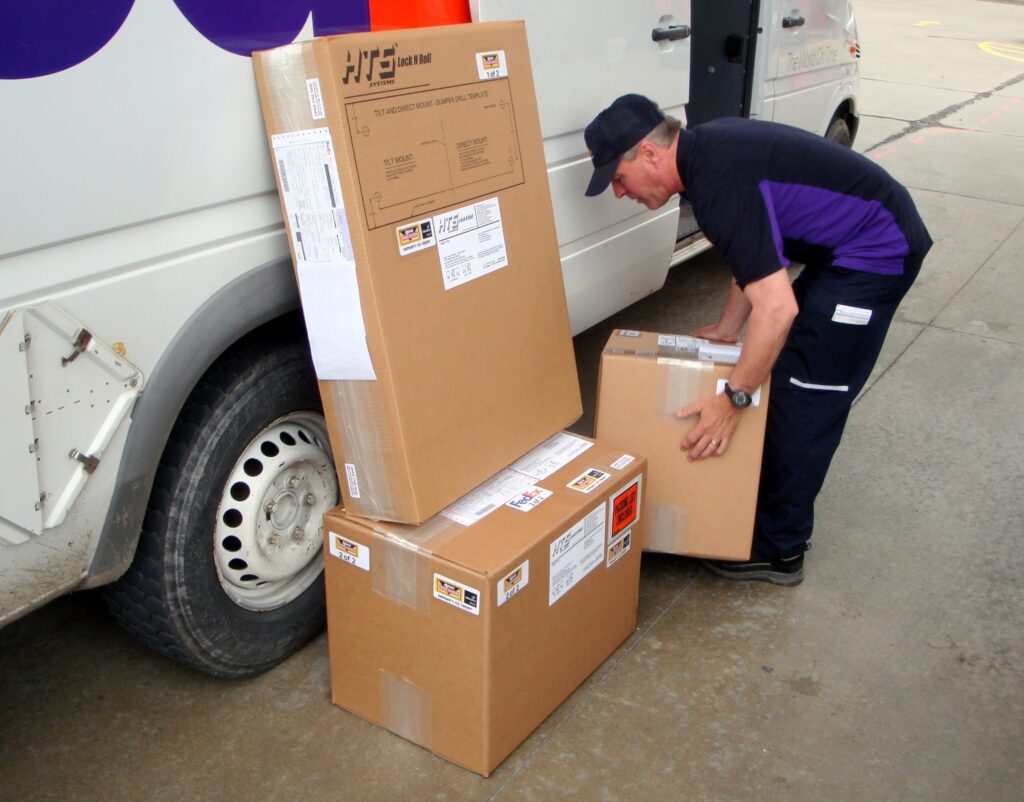
Remember that cute crop top you impulse-bought from your favorite overseas boutique? Wallet regrets inbound. Tariffs on textile imports (think irreverent slogans and specialty fabrics) are now adding 10–15% to the price tag—before shipping.
Brands are juggling whether to absorb the cost or quietly hike prices, and most are choosing the latter. Your go-to fast-fashion haulers have already begun embedding a “tariff adjustment” fee at checkout. It’s small on each item but adds up when you’re carting five pairs of vegan leather pants. According to the Financial Times, retailers have raised average garment prices by 8% since April, blaming “global trade uncertainties”—code for “hey, blame tariffs, not us.” So next time you’re cursing a shipping fee that’s higher than your top, know that it might just be Uncle Sam’s doing.
3. Your Favorite Snack Subscriptions Aren’t So Snack-Sized Anymore
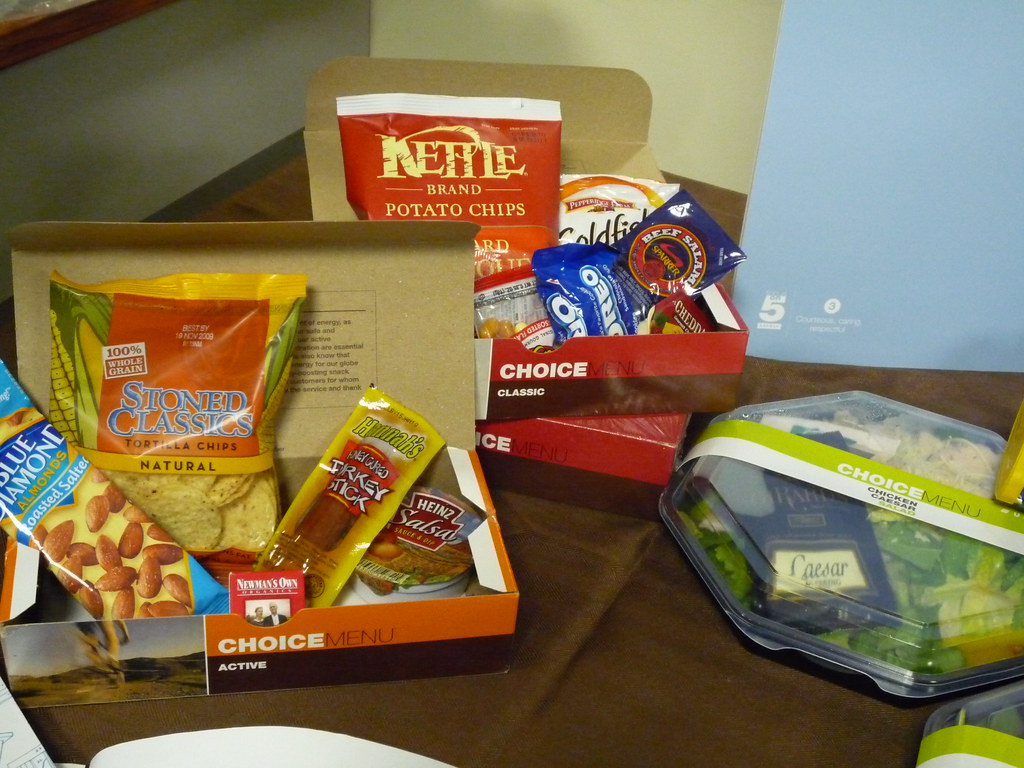
If you thought those curated monthly snack boxes were a harmless treat, think again. Many subscription services import exotic goods—matcha candies, Belgian crisps, artisanal jerky—and those are now tariffed at 10–30%.
This is why your “$25/month” box suddenly jumped to $29.99. Providers say they’ve “absorbed” as much as possible, but the margin squeeze forced them to tiptoe on their prices. According to Bloomberg, even e-commerce giants have seen price tags surge, and smaller snack curators have no choice but to follow suit. Your snack-aholic alter ego might not thank you, but your budget will.
4. Imported Coffee Beans Are Brewing a Bigger Tab
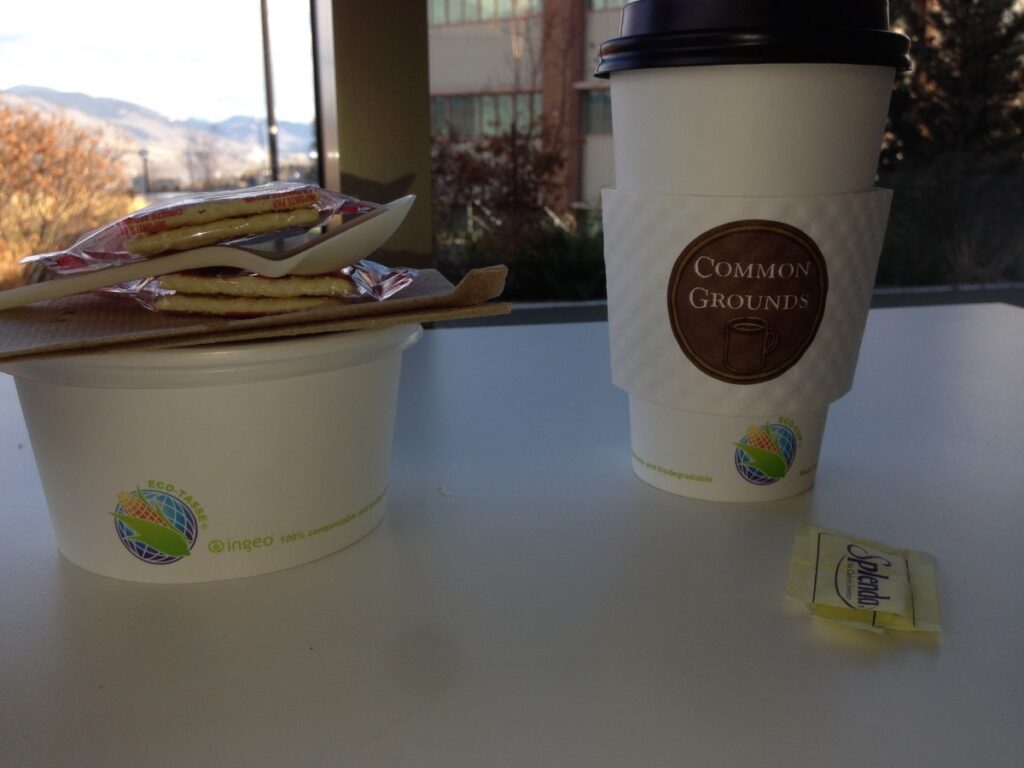
Starbucks isn’t the only one feeling the pinch—your local roasters who import beans from Central America and Africa now face a 25% tariff. That single-origin Ethiopia you savor? It’s now officially a splurge.
Some cafés are quietly adding a “bean import levy” to the menu price; others have resorted to smaller cup sizes to keep up appearances. Either way, your daily caffeine run could cost you an extra $1–$2 by year’s end. Business Insider reports this ripple effect is “paving the way for broad retail price hikes,” with coffee shops being early adopters of the new tariff pass-through. Moral of the story: your latte is now a quasi-political statement.
5. Smartphone Sticker Shock: That New Model Feels Pricier
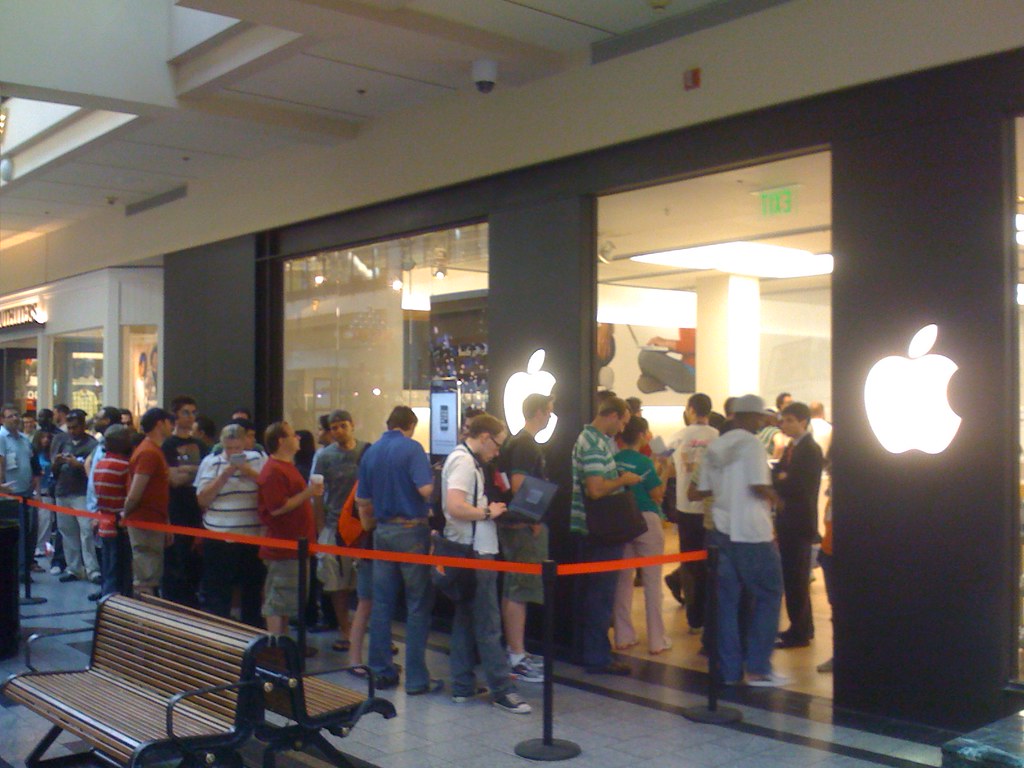
Thinking of upgrading to the latest iPhone or Android? Don’t get sticker shock when you see the tariff line item. Initial 54% levies on China-made electronics were pared back to 30%, but that’s still a hefty hike. Manufacturers rushed shipments in March, but those buffer stocks won’t last forever. Once you see the “technology adjustment surcharge” at checkout, you’ll know why.
Allrecipes even highlights that major retailers like Walmart are bracing for “unavoidable import tariffs” on electronics, warning shoppers to prepare for higher costs. Time to decide between “do I really need that extra camera lens?” and “maybe I’ll hold off ‘til tariffs cool down.”
6. New-Car Prices Are Negotiating…Upward
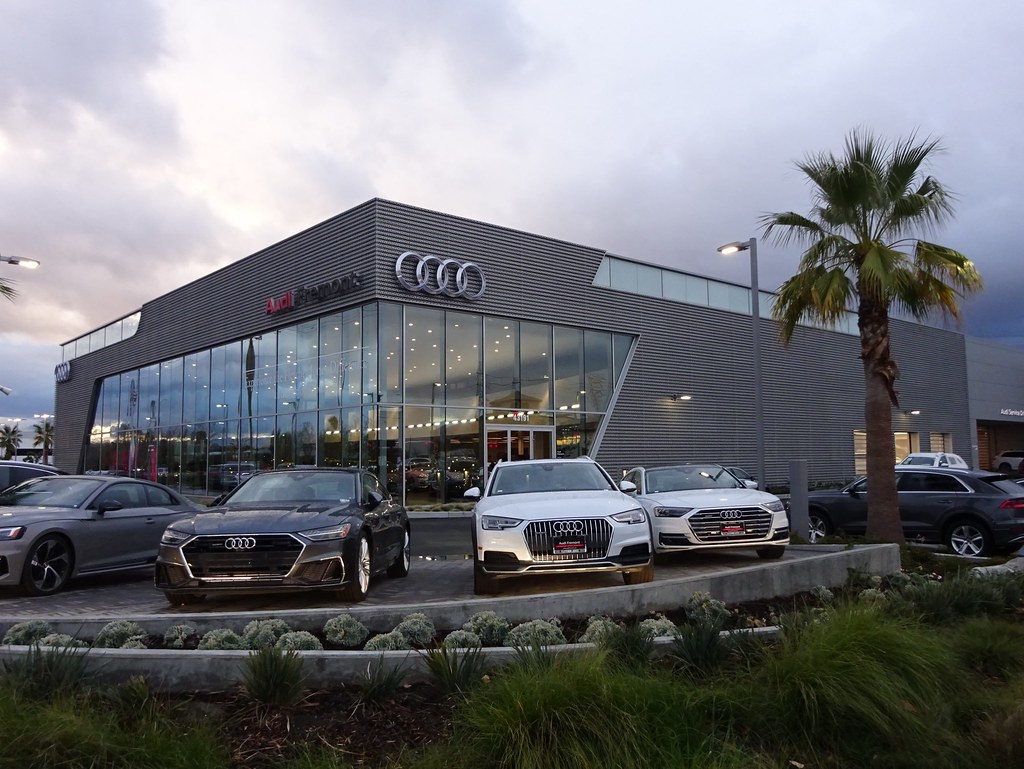
Buying a new ride in 2025 means more sticker shock than ever before. Automakers quietly tacked on higher MSRPs after global tariffs drove up the cost of raw materials. Think aluminum for car paint and steel frames—those used to be commodities, now they’re premium add-ons. Even your dream hatchback is feeling the pinch of that 25% levy. And if you’re eyeing an electric model, expect the battery components to come with their own awkward surcharge.
Dealerships are playing hardball on discounts, claiming “tight margins” as their excuse. Salespeople are less inclined to haggle, and those old incentives are vanishing faster than complimentary floor mats. Certified pre-owned values have crept upward too, since trade-in prices shift in response. It’s a double whammy: new and used both cost more. So buckle in—your next car payment might just be a mini bailout for the tariff war.
7. Used-Gear Inflation Hits Recreation

Thrifting used camping gear or snagging a secondhand bike once felt like winning life’s lottery. Now, import tariffs on tents, hydration packs, and bike components are hiking up original sale prices. That means every bargain you chase on eBay or at your local swap meet is creeping higher. Plus, sellers factor in their own cost hikes, so even a pre-owned sleeping bag can cost you more than it did last summer.
Ford and other big names warn that tariff-driven expenses ripple through aftermarket and accessory divisions. With primary market prices climbing, the once-thriving secondhand scene loses its edge. Retro cool suddenly comes at a premium, turning nostalgia into a wallet workout. So next time you’re hunting a deal, prepare to swipe your card a little deeper. Your inner adventurer might sigh, but hey, at least you’ll look good on the trail.
8. Electronics Accessories: Cables, Chargers, and Case Fees
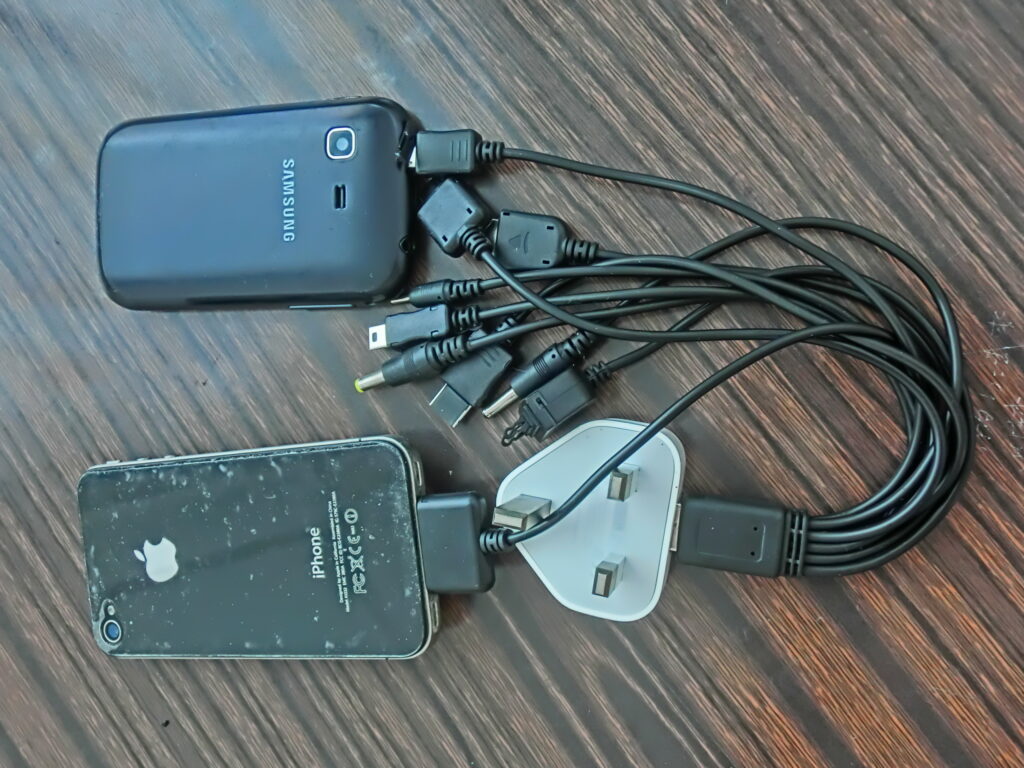
That cute phone case you impulse-bought from overseas now carries a secret fee. Replacement chargers and audio adapters are also caught in a 10–25% tariff net. Accessories never got the exemption that phones and laptops did, so every little dongle and dock tags on a mini-tax. It’s the kind of hidden cost that sneaks up when you least expect it, at checkout. Suddenly, your USB-C cable from that indie Etsy shop feels shockingly pricey.
Even screen protectors and selfie-stick extensions aren’t safe from this levy. Brands are passing costs straight to consumers, and budget accessory makers are vanishing one by one. Your go-to site for bulk tech knick-knacks now prompts multiple tally marks at checkout. It’s enough to make you wonder if you really needed that neon charging cable in the first place. Time to embrace what you already own—or brace for those surprise fees.
9. DIY Home Improvement Is Now a Premium Hobby
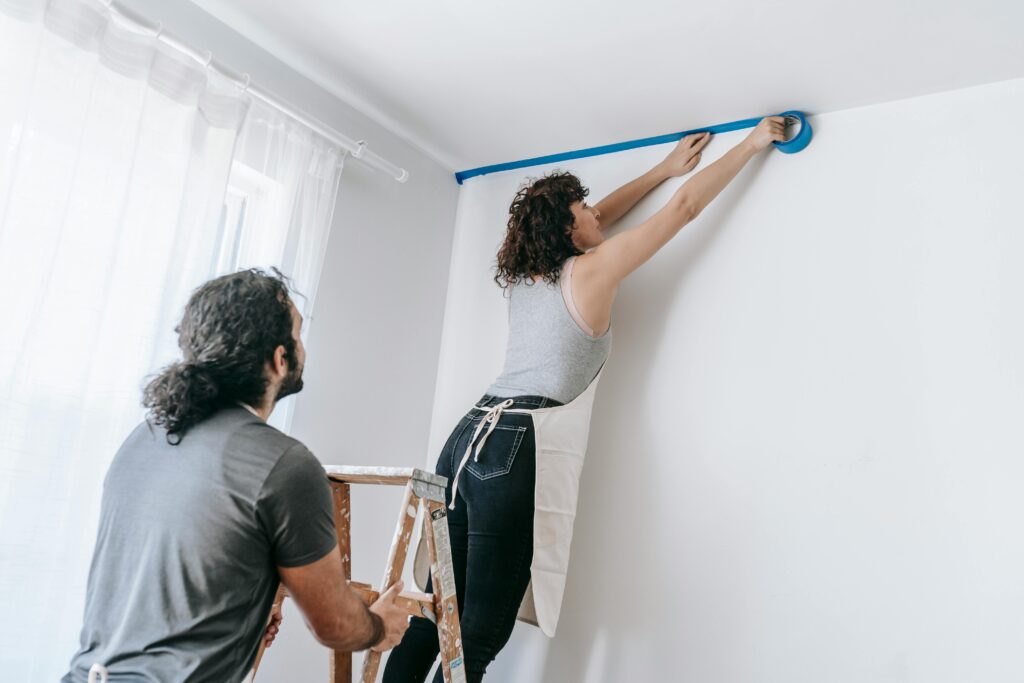
Remember when tackling a weekend DIY project felt like a money-saving win? Those days are fading fast. Imported power tools, light fixtures, and specialty hardware now carry hefty duties, pushing shoppers toward pricier domestic options—or none at all. Bulk-buy discounts on outlets and doorknobs have shrunk, and that fun weekend of home upgrades suddenly looks more like a budget breaker.
Even big warehouse chains are feeling the heat; their “everyday low prices” come with asterisks when tariffs apply. Stocking up on paint sprayers or decorative trim now demands a second mortgage. Your local classifieds and community swap pages are the new DIY hotspots—for now. So before you weld that fancy garden sculpture, make sure your wallet can handle the heat.
10. Pet Supplies Get Pawsitively Pricier
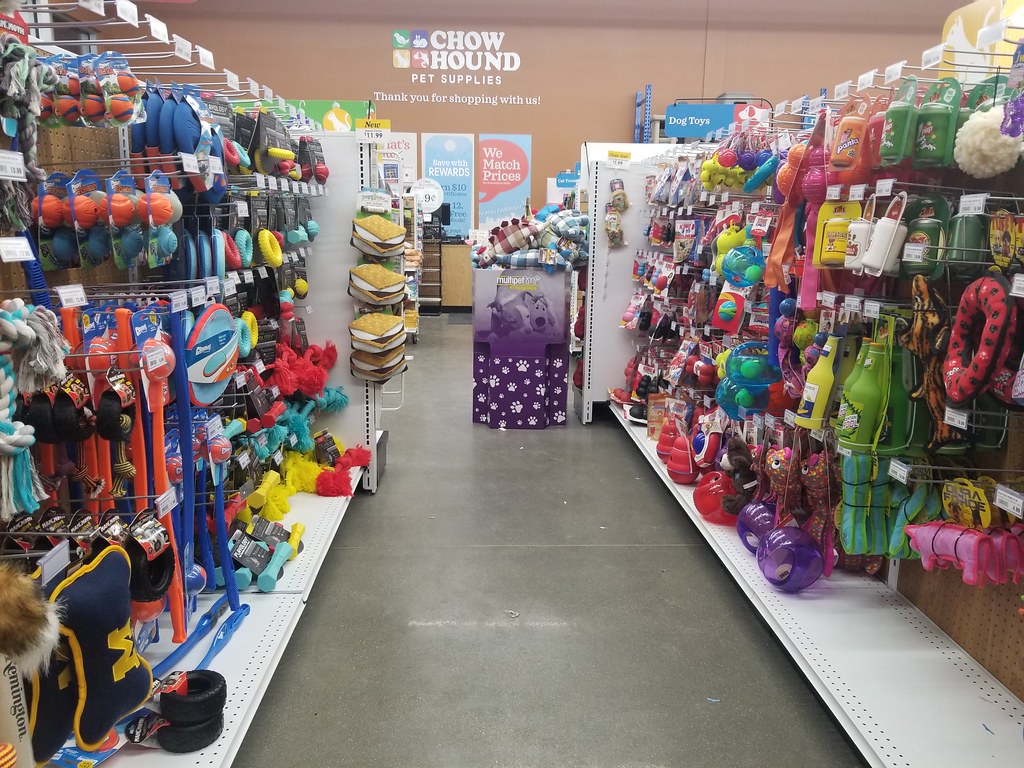
Pampering your fur-baby with imported toys and treats just got a lot more expensive. That gourmet salmon chew or fancy cat tower from overseas doesn’t escape the 25% tariff hike. Brands are padding their price tags to cover the extra duty, so your weekly pet haul looks more like a luxury splurge. Even the once-budget pet-supply stores are quietly adjusting shelf prices higher.
Your pup’s favorite plush squeaker might set you back an extra few dollars, and that “natural” treat you swear by now feels like a splurge. Wholesale clubs and online pet shops are trying to absorb some costs, but margins are razor thin. It’s a pet-owner’s dilemma: spoil your companion or stick to bland, tariff-free basics. Either way, your credit card’s going to need a treat afterward.
11. Holiday Gift Shopping Feels Like a Black Friday…All Year
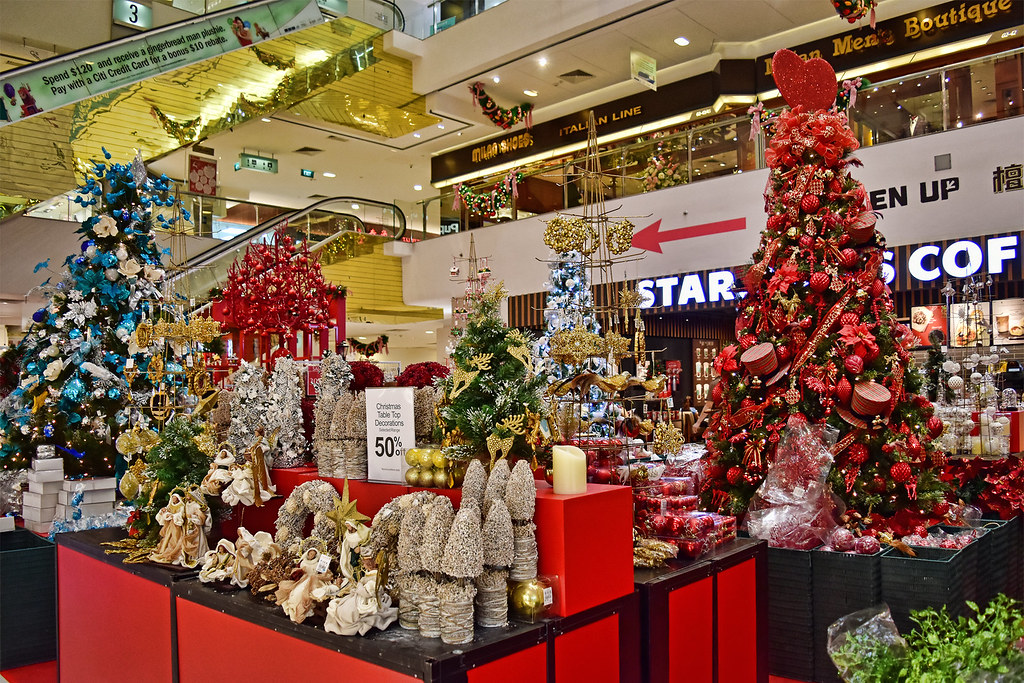
Sifting through holiday wish lists used to be fun; now it’s a mini stress test. Imports for quirky ornaments, specialty gadgets, and international games all carry a hidden import fee. Retailers are absorbing some costs but quietly embedding “trade-policy adjustments” into sticker prices. Sale events no longer guarantee massive markdowns when tariffs cut into profit margins.
Even last-minute gift grabs at big-box stores come with a side of guilt when you see your total. That artisanal candle or tech gadget pegged as “deal of the day” might not be as sweet once the tariff camouflaged in the price emerges. It’s like enduring Black Friday drama nonstop. So start checking off your list early—or embrace sending heartfelt e-cards instead.
12. Streaming Devices and Gaming Consoles Are Leveling Up…Their Prices

Looking to upgrade your entertainment setup? Brace yourself. Many streaming sticks and gaming consoles are built overseas, and that “international levy” now shows up on your receipt. Manufacturers are trying to eat part of the cost, but don’t bank on a big subsidy. Even holiday bundle deals have shrunken because retailers can’t slash prices below a certain floor.
Clearance sales? Forget about it. Those deeply discounted “open-box” units are far rarer when tariffs tighten the margin squeeze. If you’re day-dreaming about a new console under your tree or a slick 4K streamer for binge nights, plan to pay up. Your wallet—and your couch—are both going to feel these policy bumps.
This article is for informational purposes only and should not be construed as financial advice. Consult a financial professional before making investment or other financial decisions. The author and publisher make no warranties of any kind.








